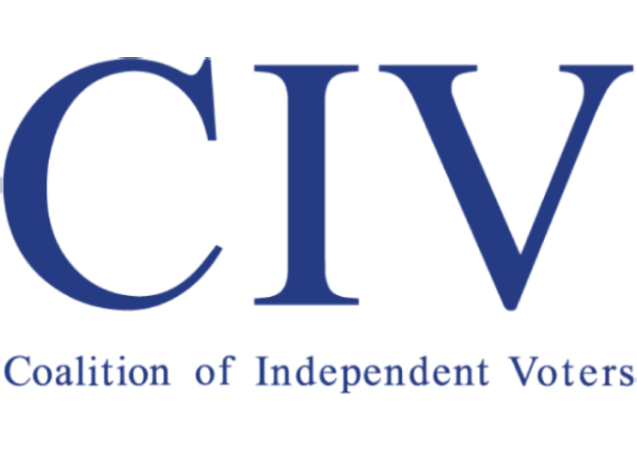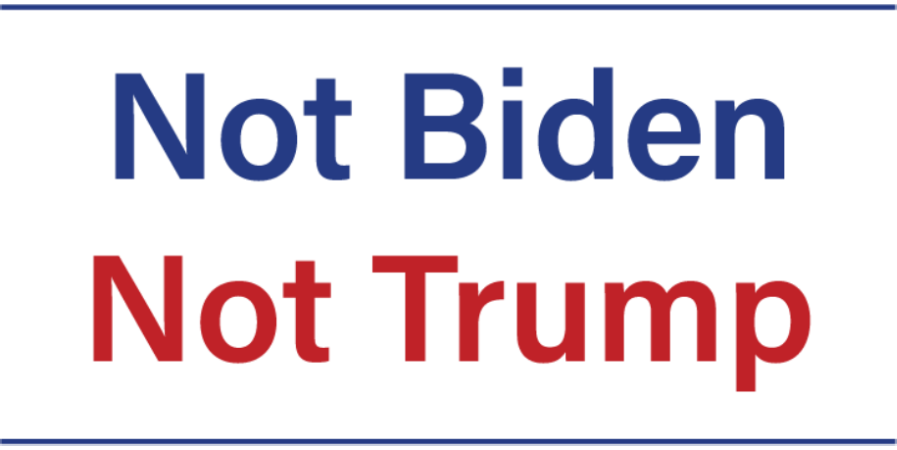Our vision includes using modern technology and management techniques in Congress to get more done, more quickly, more often.

Toward a More Efficient Legislative Process
It is an understatement and obvious to say that our government and society have become more sophisticated and more technologically advanced since the nation’s founding.
Yet, it seems like government is still acting by rules made when communities trotted off their Representatives for a long, perhaps week-long journey to Washington – unable to communicate quickly or effectively until the person came back. If, of course, the constituents knew about the home-coming.
We live in a world now where access is instantaneous (and perhaps there is the risk for too much information invading the Representative’s space). Here are some ideas, some from the Information Technology field and others based on basic Common Sense, that fall into our vision for improving operation efficiency and throughout Congress.

"2 Pizza" Rule for Committees and Teams
Amazon, one of the best run and constituent-centric organizations has a rule for teams:
“Don’t make it bigger than what 2 large-sized pizzas could feed.”
You make your team, you tackle the problem, you solve it, and you move on.
For a lot of committees in Congress, the size is slightly over this limit, but for others, like the House Armed Services Committee (59 members) and Committee on Oversight and Accountability (47 members), one has to ask: Are these really getting anything done?
And the big one – lots of money, here folks – the House Committee on Transportation and Infrastructure has 65 members.
Committee Hearings
In Congress, each committee takes testimony – this is what lawyers do. In sequence. Verbally. For debate and arguing – even though they already have staked their position. Some of these techniques are required, but a lot of the questions come off as fluff or showmanship. And seldom does one see a united front to actually try and find the best solution to a problem.
Wouldn’t it be better if true interested parties in an issue could adopt their positions and hash out their divisions with the Representatives or Committees arbitrating? Perhaps have them stand like the Supreme Court case, when committee members sit like judge grilling the various sides at once.
Or – and I recognize this is a big step for lawyers – have brainstorming sessions and whiteboards for kicking around options – just like we do in industry and software development.
Opposing sides, working together.
It’s called TEAMWORK!
From Software Development: Micro-Services and Sprints
Software Development is actually like Legislation in that teams translate specific user requirements into solutions that serve the user’s needs.
There are two methodologies not known outside this industry that could be of help: Micro-Services and Sprints.
Micro-Services
Micro-Services are typically organized around business capabilities. Each service is often owned by a single, small team. This architecture enables an organization to deliver complex applications rapidly, frequently and sustainability. Learn more about micro-services.
Sprints
Sprints are short periods where software teams review and work on law modifications for a sub-release, followed by the House and Senate committees writing legislation and a debate. Once disagreements are resolved, the united proposal is reviewed by POTUS.
Putting Things Together
Why not make legislation more modular and vertical like this:

This way, the intersted parties can work on the solution that has already been reconciled. Sure, each chamber has to vote on it, but the trick is not to water down or alter a solution that has already been agreed on by the principals in the matter.
And yes, take on an iterative pace to continuously review laws and regulations.
Continuous Improvement to have Better Quality, Sprint by Sprint.

Scott A. Rappoport


